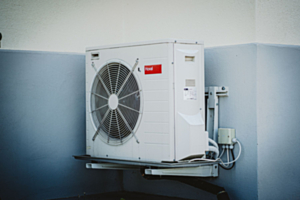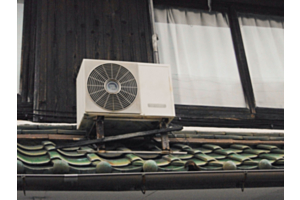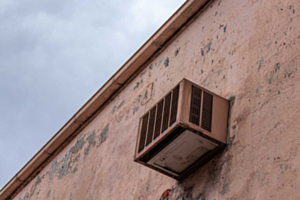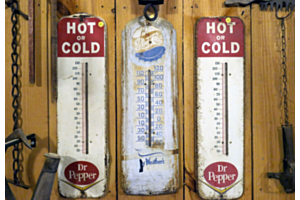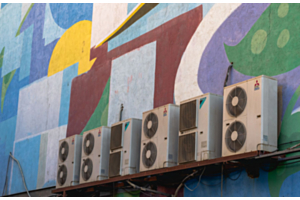The Role of Mini Split ACs in Sustainable Living

It’s our duty to prioritize sustainable living and do our part to keep our ailing planet around for future generations.
You’ve made some significant lifestyle changes to create a greener home, and the next change on your to-do list is revamping your heating and cooling system. You recognize you have outdated HVAC that drags down your utility bills, so you’ve begun exploring alternatives.
You’re interested in switching over to a ductless mini split system. However, you’re unsure how eco-friendly these heating and cooling units are.
A ductless mini split is a great tool for a more sustainable home. Let’s examine the ways that mini splits are better for our planet.
Don’t Need as Many Raw Materials
A central air conditioner or furnace needs many vents or ducts. It’s expensive to procure these materials, but did you ever think of how the parts are made? They’re often imported, traveling by boat or plane to reach the manufacturing plant.
Ductless mini split systems aren’t as sizable as traditional HVAC, and these units omit the ducts and many vents. The result? Mini splits have a comparably smaller carbon footprint, which makes them a better choice for the planet right out of the box!
Preserve More Hot and Cold Air
Did you know that about 30 percent of the cold air that pumps through your air conditioner is lost before it ever reaches you? It’s the same thing with the warm air blowing through your furnace.
The reason has to do with ducts. Ductwork is a largely inefficient solution. If even a small gap exists between the ducts, some of the air that’s supposed to reach your living room or office never does.
It exits through the ducts. You then rely more on your heater or air conditioner because you don’t feel like your home isn’t warm or cool enough. This overuse comes back to bite you on your monthly utility bills.
A ductless mini split system foregoes the ducts, improving the unit’s efficiency. You’ll enjoy more cool air in the summer and more warm air in the winter, and you won’t need to run the mini split constantly to get it.
Don’t Deplete the Ozone with Their Refrigerant
Ductless mini split systems traditionally rely on an R410A refrigerant. While this is still refrigerant in the same vein that a furnace or central air conditioner uses refrigerant, the two products have a critical difference.
R410A is less damaging to the planet. It won’t deplete ozone, so it too will shrink your carbon footprint.
Cool and Heat More Energy Efficiently
Another way that ductless mini splits are sustainable is in how they work.
When you turn on an air conditioner, for example, it pumps air throughout the house wherever there are vents. A heater does the same.
However, a ductless mini split works differently. It pumps out cool or warm air according to zones.
A zone is part of a home or building with special heating or cooling needs, such as an upstairs bedroom or a drafty main-floor room. By focusing the heating and cooling in zones, you’re concentrating the temperate air rather than blasting it all over the home where it doesn’t have to be.


